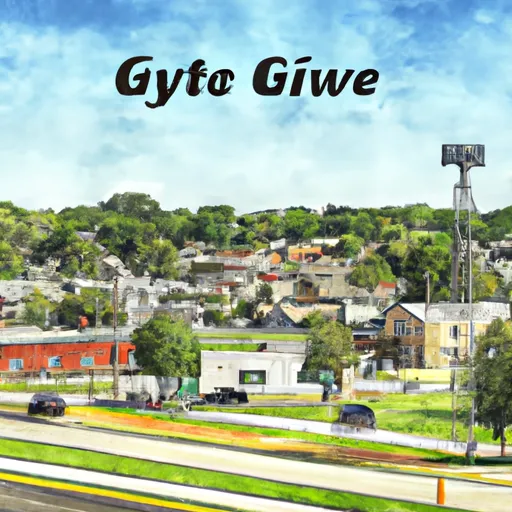°F
°F
mph
Windspeed
%
Humidity











Gillett-Grove is a small town located in Clay County, Iowa. The climate in this area is classified as humid continental, with hot summers and cold winters. The main hydrology constituent in Gillett-Grove is the Little Sioux River, which runs through the town and provides many opportunities for outdoor recreation such as fishing, canoeing, and kayaking. The area also boasts several parks and trails for hiking and biking. Additionally, Gillett-Grove is known for its beautiful landscapes, with rolling hills and lush greenery. Overall, this town offers many opportunities to enjoy the great outdoors and experience the natural beauty of Iowa.
Weather Forecast
Gillett-Grove receives approximately 789mm of rain per year, with humidity levels near 81% and air temperatures averaging around 8°C. Gillett-Grove has a plant hardyness factor of 5, meaning plants and agriculture in this region thrive during a short period during spring and early summer. Most plants will die off during the colder winter months.
Regional Streamflow Levels
28
Cubic Feet Per Second
24,000
Cubic Feet Per Second
76
Cubic Feet Per Second
55
Cubic Feet Per Second
Nearby Camping
| Camping Area | Reservations | Toilets | Showers |
|---|---|---|---|
| Hacklebarney Woods County Park | |||
| Legion City Park | |||
| Cold Spring Park | |||
| Pilot Grove Co Park | |||
| Rothenburg City Park | |||
| Sunnyside Park Campground |



